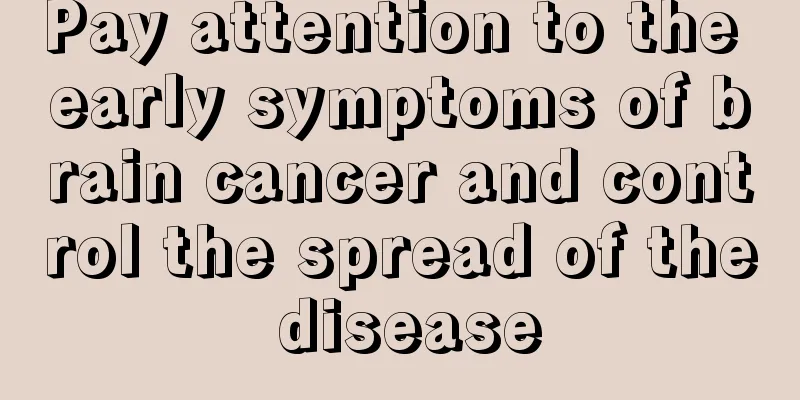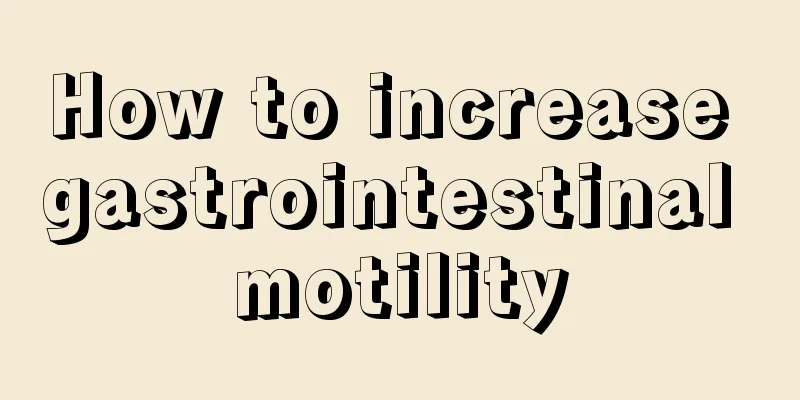Bacterial contamination is so harmful

|
From the perspective of real life, bacterial contamination manifests itself in many aspects, among which the most common and most harmful is food bacterial contamination. Once food is contaminated by bacteria, it is very easy to spoil and deteriorate. If it is consumed, it can easily cause poisoning and may also cause some infectious diseases, such as bacillary dysentery. (1) Causing food spoilage: Food spoilage refers to all changes in food composition and sensory properties caused by various factors, mainly microorganisms. These changes are often the degradation of food ingredients accompanied by unpleasant changes in sensory properties such as color, aroma, taste, and shape, which reduces or loses the nutritional value and edible value of the food. It is one of the most common hygiene problems in food production and management. Food spoilage can lead to reduced nutritional value, reduced edible value or even loss of food, and may also cause food poisoning. Most spoilage caused by microorganisms has obvious changes in sensory properties, but the changes in sensory properties caused by some Bacillus are not obvious. They mainly occur in fermented products and canned foods. Since they produce acid but not gas, and these foods themselves have a sour taste, their characteristics are not obvious and can easily be mistaken for being problem-free. However, they may cause food poisoning after use. (2) Inducing food poisoning: After some foods are contaminated by pathogenic bacteria, they will multiply in large numbers under suitable temperature, moisture, pH and nutritional conditions, causing the food to contain a large number of pathogenic bacteria. When the human body ingests a certain number of live bacteria, it will cause food poisoning. On the other hand, some contaminating bacteria will multiply in the food and produce toxins, causing food poisoning. (3) Causing foodborne infectious diseases: Some pathogenic bacteria, such as Shigella dysenteriae and Salmonella typhi, can survive in food for a certain period of time after contaminating the food. If sterilization measures are not taken before consumption, foodborne infectious diseases may be caused by ingestion of living pathogenic bacteria. Common bacterial infectious diseases transmitted through food include dysentery, typhoid fever, cholera, etc. (iv) Causing economic losses: Whether food is discarded due to food spoilage or inducing human diseases, it will be accompanied by certain economic losses. According to WHO statistics, the economic losses caused by food spoilage alone amount to tens of billions of dollars each year worldwide. The nature and extent of the hazards of food bacterial contamination depend on the type and quantity of bacteria that contaminate the food. For example, bacterial contamination of food mainly composed of miscellaneous bacteria mainly causes food spoilage; when intestinal pathogenic bacteria contaminate food, it can cause food-borne infectious diseases or food poisoning. |
<<: What is the normal value of uric acid? What happens if uric acid is high?
>>: What should I do if I have a stuffy and runny nose due to a cold in winter?
Recommend
What should I do if I have a lump and pain in my breast?
In life, women have many problems with their brea...
Will eating seafood at night make you fat?
Seafood is a food that is deeply loved by people ...
How long can you live with rectal cancer
Cancer is a terrifying and deadly disease. In rec...
What are the symptoms of gastric cancer brain metastasis? These three types of symptoms
When gastric cancer symptoms are severe, it can s...
How to treat acne? Home remedies for treating acne
The girl walking in front was graceful and elegan...
What to do if your face is allergic to alcohol
The skin on the face is usually very delicate. So...
How much do you know about the pros and cons of eating raw food?
In fact, in many countries, people prefer eating ...
Is red lips a cause of disease?
There are many reasons for red lips, including bo...
The effects and methods of washing hair with mulberry leaves
As the pace of life quickens, people's life p...
Carefully analyze the main clinical symptoms of esophageal cancer
'What are the main clinical symptoms of esoph...
Inflatable cervical traction device
If the bones in the human body are damaged, they ...
What are the symptoms of thyroid tumors
The thyroid gland is a very important gland in th...
TCM Syndrome Differentiation and Classification of Advanced Esophageal Cancer
A 76-year-old male patient was diagnosed with adv...
Sequelae of orchiectomy for prostate cancer
There are many types of prostate diseases, such a...
How to control blood sugar after meal
Blood sugar is the sugar in the blood serum, and ...









